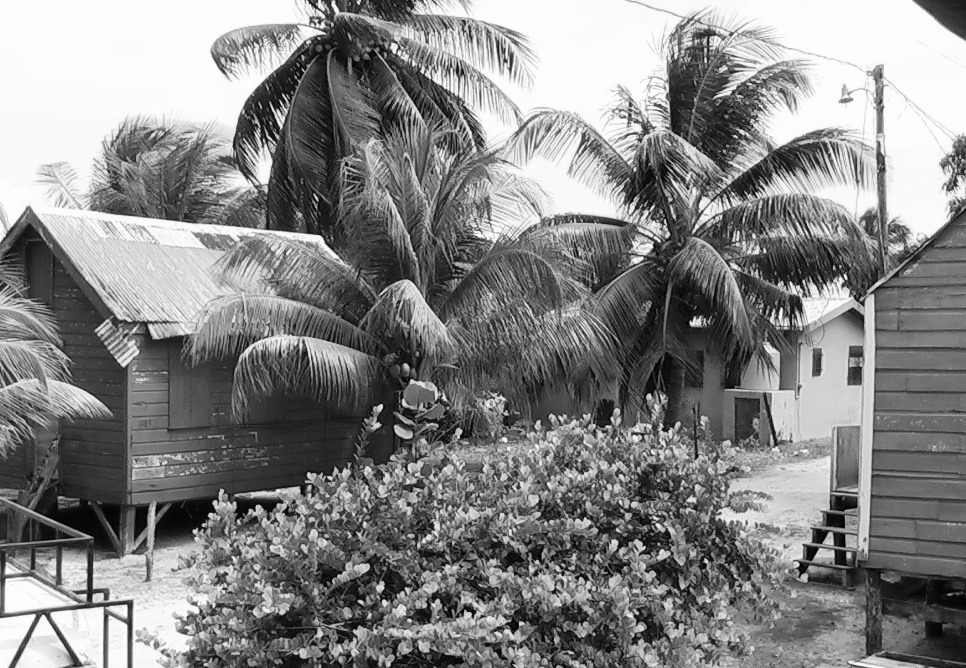Gales Point, a small coastal village in the Belize District, is one of the country's oldest Black and Creole rural villages, known for its deep African roots and traditions. Established in the late 1700s and early 1800s by self-liberated persons who fled enslavement, it functioned as an early maroon community where residents created self-sufficient settlements in the hinterlands. Isolated by geography, Gales Point preserved vital African traditions such as drumming, storytelling, and herbal healing, and continues to serve as a testament to the endurance of Black ancestral traditions in Belize.

Gales Point Manatee (known locally as Malanti), situated on a narrow peninsula in the Belize District (55 miles from Belize City), is one of the country’s most culturally significant Creole communities. Formed in the late 18th and early 19th centuries by persons escaping enslavement from nearby regions such as the Sibun River, Runaway Creek, Mullins River, and Main River (now known as Manatee River), Gales Point developed as a maroon-like settlement beyond the reach of colonial authorities. Historical colonial records from the early 1800s reference elusive settlements in these areas, attesting to their presence. The village's geographic isolation enabled the preservation of several African-derived cultural traditions, including herbal medicine, oral storytelling, and Sambai, a fertility dance performed by moonlight accompanied by drumming and chanting. Researchers have noted that no other Creole village in Belize maintains this particular type of drumming tradition, making it unique within the national context. The village's circular layout reflects the communal values embedded in these practices. In 1944, Gales Point became the first village in Belize to establish a formal village council, initiated by Nurse Cleopatra White, the community's first trained nurse. Recognizing the need for local self-governance and coordination of public health and community affairs, she organized a council of elected residents to collectively manage village matters. This grassroots model was later adopted by the national government and became the foundation for Belize's village council system in rural communities across the country.
Gales Point Manatee is known not only for its rich cultural history but also for its environmental importance, particularly in protecting endangered species like the West Indian manatee and nesting sea turtles.
Beyond its history of marronage, Black resistance in Gales Point is most vividly sustained through the preservation and practice of its cultural traditions. Rather than just surviving, the community has nurtured a vibrant cultural life that affirms identity, kinship, and ancestral knowledge and memory. Bramming, a festive tradition held during the Christmas season, brings villagers together in song, dance, and shared meals as they move from house to house in celebration. Drumming, rooted in African rhythms and often using hand-crafted drums, is both a spiritual practice and a form of storytelling, connecting past and present through sound. At the heart of this cultural expression is the Sambai, a circular fertility dance performed at night on the full moon, where drumming, chanting, and movement create a powerful communal ritual. These practices go beyond performance; they also serve as acts of resistance, sustaining African and Creole memory and tradition in the face of time, change, and erasure.
● Myrna Manzanares — Renowned Belizean writer, oral historian, educator, and cultural activist dedicated to preserving and promoting Creole language, stories, and traditions throughout Belize.
● Emmeth Young — Creole master drummer, drum maker, and cultural activist from Gales Point, best known for his work preserving Belizean Kriol drumming traditions and for founding the Drums Not Guns organization.
● Jamal Galves — Conservationist and research biologist dedicated to protecting the endangered Antillean manatees and leading marine conservation efforts in Belize.
● Hyde, Ritamae. "Belizean Creole: Language, Culture, and Identity." PhD dissertation, University of the West Indies, 2012.
● Manzanares, Myrna, and Roy Cocom. "Cultural Change in Gales Point Manatee: Auto-ethnographic Reflections from a Community Member." In Research Reports in Belizean History and Anthropology, edited by Nancy Encalada, Roy Cocom, Philippa Pelayo, and Giovanni Pinelo, vol. 3, ISCR, NICH, 2015, pp. 47–54.
BCA is a platform dedicated to amplifying Black Central American history, culture, and scholarship. Through curated content, innovative programming, and collaborative initiatives, we explore the collective memory, cultural and political organizing, and creative place-making practices of Black Central American communities across the isthmus and its diasporas.
